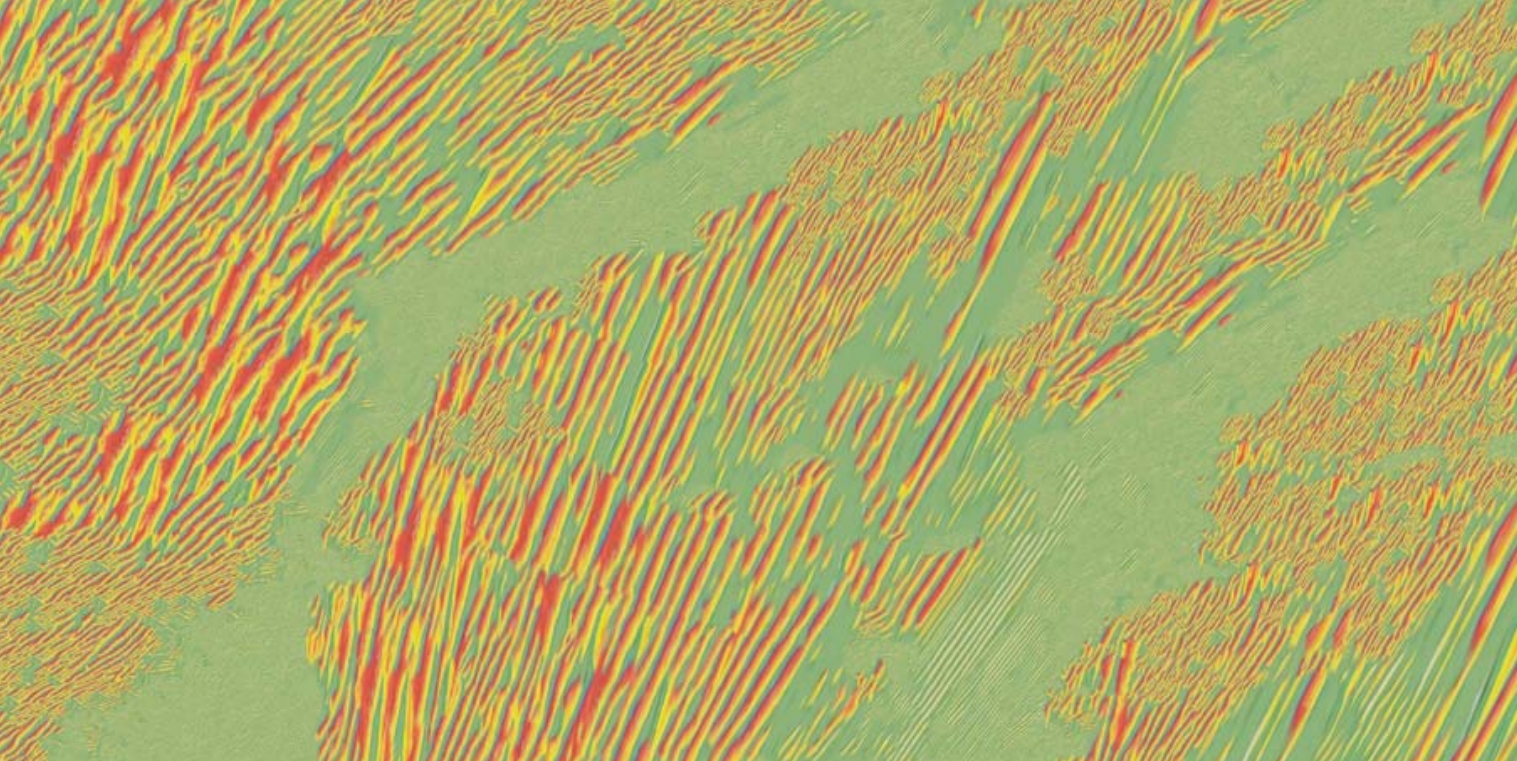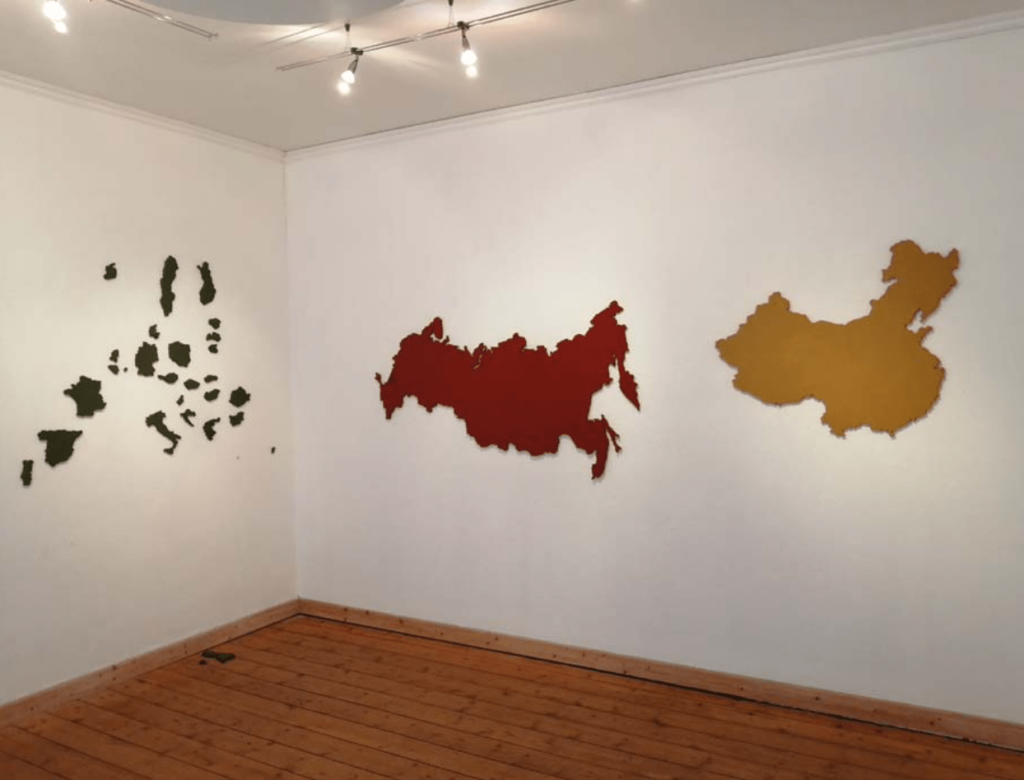





Europa po burzy
Europe After the Storm
Europa nach dem Sturm
Autor | artist | Autor: Hannes Forster (1955)
miejsce | place | Ort: Słubicki Miejski Ośrodek Kultury SMOK, ul. 1 Maja 1, Słubice
W Europie ponownie pojawiają się tendencje do ograniczania myślenia i działania wyłącznie do spraw narodowych.
Jak mogłaby wyglądać Europa bez jedności unii, opisuje fikcyjna praca Europa po burzy. Wielkość i waga, jakie przypisują swoim państwom niektóre rządy, w rzeczywistości nie istnieją. Nawet sama UE jako całość jest w porównaniu z Chinami, Rosją czy USA niewielka. Dzielenie tej małej jednostki na drobne części, rzekomo w celu odzyskania kontroli, osłabiłoby jedynie znacznie naszą pozycję w świecie.
Słowo „osłabiłoby” jest w tym przypadku błędne, ponieważ Wielka Brytania już wybrała status karła, w dodatku z groźbą utraty Szkocji i Irlandii Północnej, jako Małej Brytanii.
Polska została rozebrana do nieistnienia w latach 1768–1794. Dziś bardziej prawdopodobne byłoby zawłaszczenie ze wschodu, tak jak wypędzenie wschodnich Polaków po II wojnie światowej.
Tylko silna, zjednoczona UE może zapobiec takim wydarzeniom – a także niezliczonym wojnom wewnątrz Europy.
Again, there is a tendency in Europe to reduce all thinking and acting to national ideas.
How Europe would look like without the European Union is part of the fictional work Europe After the Storm. Some politicians like to imagine the size and importance of the countries they govern, that do not really exist. Even the EU as a whole is small compared to China, Russia or the USA. If we wanted our small union to be divided up again into its tiny constituents – in an attempt to supposedly regain control – we would only severely weaken our position in the world.
Unfortunately, it’s no longer an “if”, as Great Britain has already chosen to be dwarfed into Little Britain, with the additional risk of losing Scotland and Northern Ireland.
Poland was partitioned to the point of non-existence between 1768 and 1794. Today, it is more likely to be taken over by the east, as the expulsion of the eastern Poles after World War II showed.
Only a strong, united European Union can prevent such scenarios – and the myriad of interior wars Europe suffered over the centuries
In Europa gibt es wieder Tendenzen, das Denken und Handeln alleine auf nationale Belange zu reduzieren.
Wie ein Europa ohne die Einheit der EU aussehen könnte, wird in der fiktiven Arbeit Europa nach dem Sturm beschrieben. Die Größe und das Gewicht, das sich einige Regierungen für ihre Staaten einbilden, bestehen in Wirklichkeit nicht. Selbst die EU als Ganzes ist im Verhältnis zu China, Russland oder der USA klein. Wenn wir diese kleine Einheit in winzige Teile auseinander dividieren, um angeblich die Kontrolle zurück zu gewinnen, wäre nur unsere Position in der Welt stark geschwächt.
Wäre ist falsch, da Großbritannien schon den Status des Zwerges gewählt hat, zusätzlich mit der Gefahr des Verlusts von Schottland und Nordirland als Kleinbritannien.
Polen wurde zwischen 1768 und 1794 bis zum Nichtvorhandensein aufgeteilt. Heute ist eine Inbesitznahme eher von Osten her zu erwarten, wie die Vertreibung der Ostpolen nach dem 2. Weltkrieg.
Nur eine starke, zusammen stehende EU kann solche Vorgänge verhindern – und auch die Unzahl von Kriegen innerhalb von Europa.
